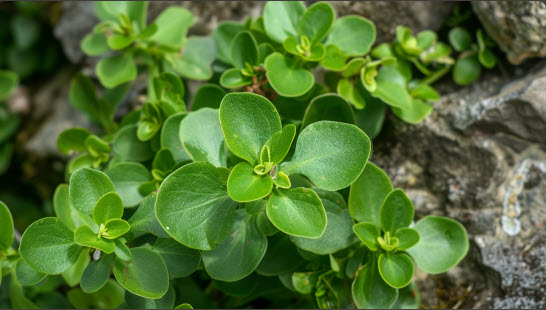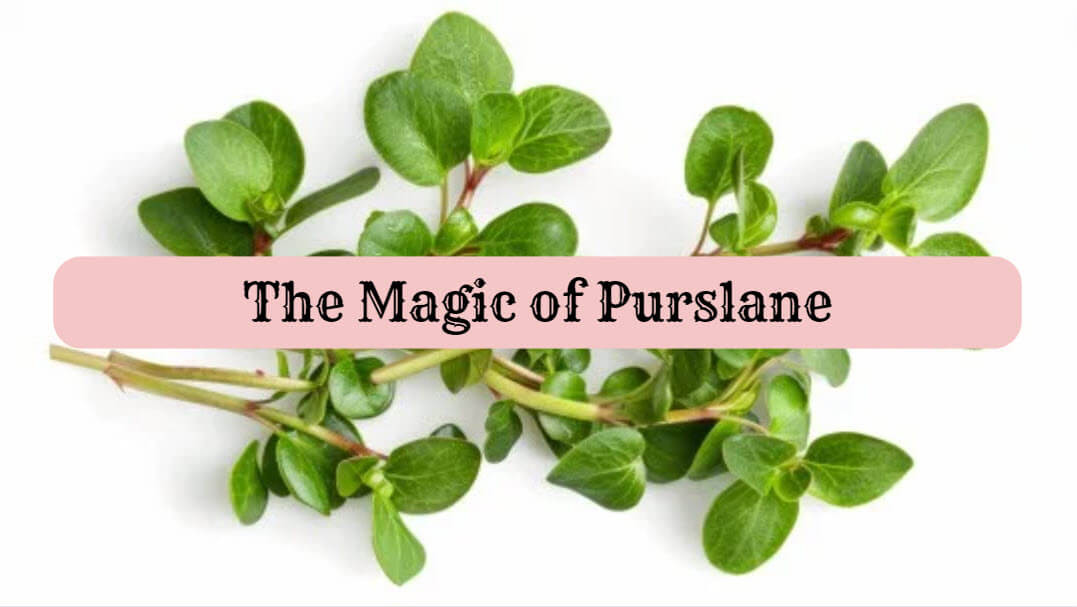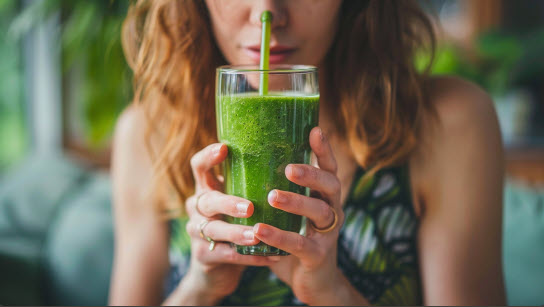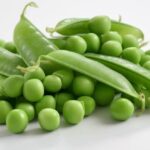Introduction to Purslane
Purslane, scientifically known as Portulaca oleracea, is a versatile and nutritious plant that has been cultivated and consumed for centuries. Originating from the Middle East, this succulent plant has spread globally and is now cherished for its culinary, medicinal, and ornamental properties.
Most people regard purslane as a weed and happily dig it up and throw it on the compost heap if they come across it. That's a real shame, as you will discover.
In this comprehensive guide, we will delve into the various aspects of this plant, from its nutritional benefits to its cultivation methods and culinary applications in the UK.
Nutritional Properties
Purslane is renowned for its exceptional nutritional profile, making it a valuable addition to any diet. This humble plant is packed with essential vitamins and minerals, including:
- Vitamin A: The plant is rich in beta-carotene, a precursor to vitamin A, which is vital for maintaining healthy vision and immune function.
- Vitamin C: As an excellent source of vitamin C, purslane supports collagen production, promotes wound healing, and boosts immune health.
- Omega-3 Fatty Acids: Surprisingly, purslane contains high levels of omega-3 fatty acids, particularly alpha-linolenic acid (ALA), which is beneficial for heart health and inflammation reduction.
- Antioxidants: Loaded with potent antioxidants such as flavonoids and betalains, it helps combat oxidative stress and reduce the risk of chronic diseases.

Cultivation
Climate and Soil Requirements
Purslane thrives in sunny locations with well-drained soil. In the UK, it is best grown during the warm summer months, as it prefers temperatures above 70°F (21°C). However, purslane is remarkably adaptable and can tolerate various soil types, including sandy loam and clay, as long as they are not waterlogged.
Planting and Maintenance
To cultivate purslane, sow seeds directly into the soil after the last frost date, spacing them approximately 6 inches apart. Keep the soil consistently moist but not waterlogged, and provide adequate sunlight for optimal growth. Weed regularly to prevent competition for nutrients and space.
Harvesting
Purslane is ready for harvest within 6 to 8 weeks after planting. Harvest the tender young leaves and stems by snipping them with scissors or pinching them off at the base. Avoid overharvesting to ensure continuous growth throughout the season.
Culinary Uses
Fresh Salads
The plant's succulent leaves add a delightful crunch and mild tanginess to fresh salads. Simply rinse the leaves thoroughly and toss them with your favourite greens, vegetables, and dressings for a nutritious and refreshing dish.
Stir-Fries and Sauteés
Incorporate the plant into stir-fries and sautés to elevate the flavour and nutritional content of your dishes. Its tender leaves and stems cook quickly and pair well with garlic, ginger, and soy sauce for a flavorful Asian-inspired meal.
Soups and Stews
The hearty texture makes it an excellent addition to soups and stews. Add it during the final stages of cooking to preserve its vibrant colour and crispness, enhancing both the taste and visual appeal of your culinary creations.
Pickled Purslane
For a tangy and versatile condiment, try pickling the stems and leaves. Simply blanch them briefly in vinegar, water, and spices, then pack them into sterilized jars for long-term storage. Pickled purslane adds a zesty kick to sandwiches, tacos, and charcuterie boards.
Conclusion
Purslane is not only a nutritious powerhouse but also a versatile culinary ingredient that deserves a place in every kitchen. Whether enjoyed fresh in salads, cooked in savoury dishes, or pickled for added flavour, purslane offers a myriad of possibilities for culinary exploration. With its easy cultivation and abundant health benefits, it's no wonder purslane has captivated the hearts and taste buds of food enthusiasts worldwide.
If you need any further information or assistance with this article, don't hesitate to Contact Us





















